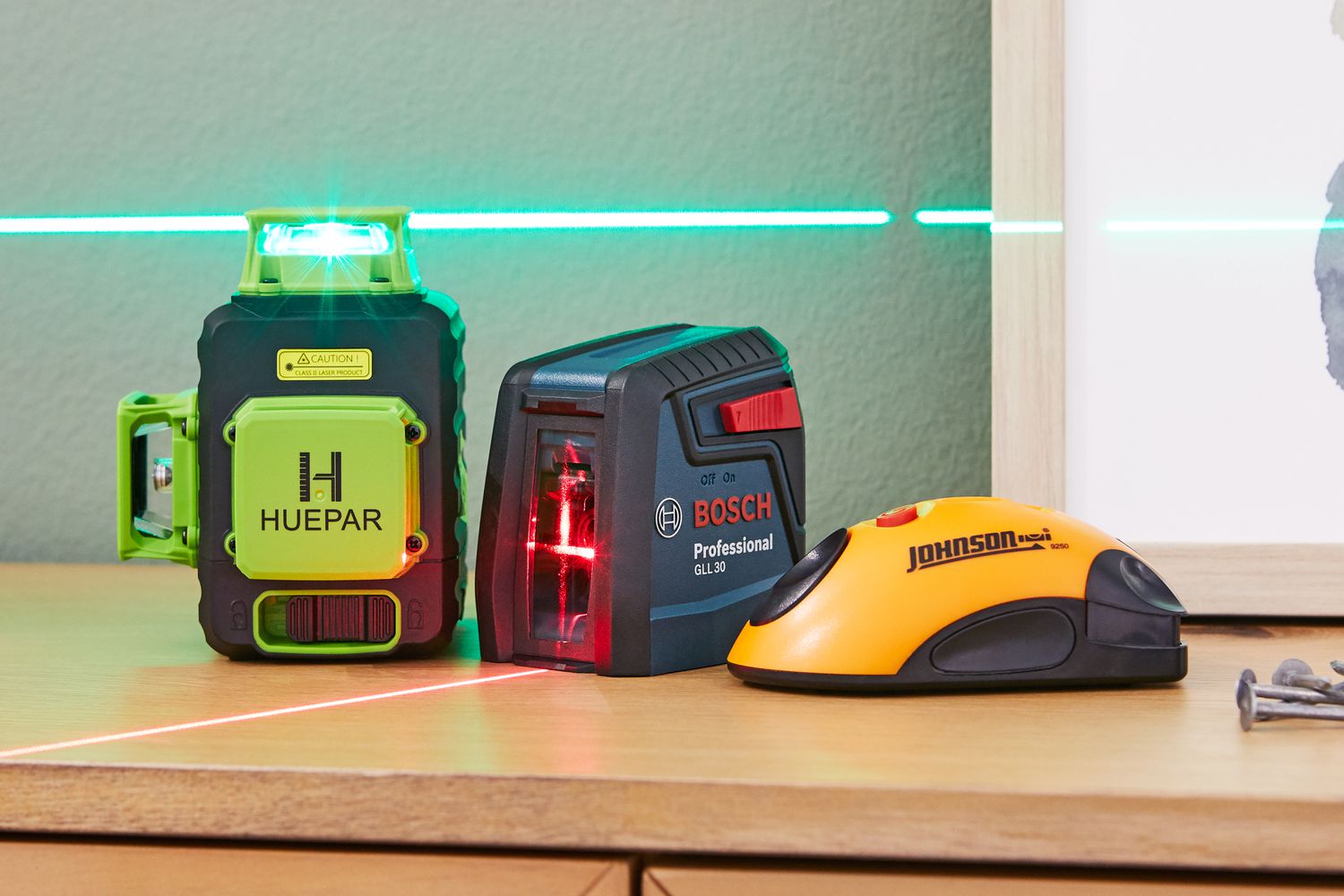

Articles
What Is Laser Level
Modified: August 31, 2024
Discover everything you need to know about laser levels in our comprehensive articles. Browse expert advice, tips, and product reviews to make an informed buying decision.
(Many of the links in this article redirect to a specific reviewed product. Your purchase of these products through affiliate links helps to generate commission for Storables.com, at no extra cost. Learn more)
Introduction
Laser levels are a crucial tool in the construction and renovation industry. These versatile devices use laser technology to provide accurate and precise leveling measurements, making them an essential part of any professional tradesperson’s toolkit. Whether you are working on a construction site, installing shelves in a home, or hanging artwork on a wall, a laser level can simplify the process and ensure precise results.
In this article, we will delve into the world of laser levels and uncover what makes them such a valuable tool. We will explore their definition, how they work, the various applications they have, and the benefits of using them. Additionally, we will discuss the different types of laser levels available in the market, factors to consider when choosing one, and safety tips for using them effectively. Lastly, we will touch on some common issues that can arise when using laser levels and how to troubleshoot them.
Whether you are a construction professional or a DIY enthusiast, understanding the ins and outs of laser levels will empower you to achieve accurate and precise results in your projects. So, let’s embark on this journey together and discover everything you need to know about laser levels!
Key Takeaways:
- Laser levels are essential tools for professionals in construction, interior design, and landscaping, offering precision, time savings, versatility, and enhanced safety, ultimately leading to efficient project completion and client satisfaction.
- When using laser levels, it’s crucial to prioritize safety, choose the right type based on specific needs, and be aware of common issues to troubleshoot effectively, ensuring optimal performance and longevity of the tool.
Read more: What Is The Best Laser Level
Definition of Laser Level
A laser level is a device that emits a beam of laser light to create a straight, level reference line or plane. It is primarily used in construction, engineering, and interior design to ensure accurate and level measurements for various tasks. Laser levels provide a visual guide for positioning and aligning objects, making them indispensable tools for professionals who require precise measurements.
The basic functionality of a laser level involves projecting a laser beam onto a surface, which serves as a reference point or line. This beam is emitted from a diode laser and is typically red or green in color. The laser level is designed with built-in mechanisms to ensure a straight and level beam, allowing for accurate measurements over short or long distances.
One of the key advantages of laser levels is their ability to create a precise horizontal or vertical reference line over a wide area. This makes them ideal for tasks such as aligning cabinets, installing ceiling fixtures, laying tiles, or hanging pictures and shelves. By using a laser level, professionals can save time and effort by eliminating the need for manual leveling tools like bubble levels or string lines.
Laser levels come in various forms, including handheld devices, tripod-mounted devices, and self-leveling devices. Handheld laser levels are compact and portable, making them suitable for smaller projects or spot measurements. Tripod-mounted laser levels are larger and provide a stable platform for more extensive tasks. Self-leveling laser levels use built-in mechanisms to automatically level the beam, ensuring accuracy and ease of use.
Overall, laser levels are invaluable tools for achieving precise measurements and alignments in construction and design projects. Their accuracy, efficiency, and ease of use make them a must-have tool for professionals in various industries.
How Laser Levels Work
Laser levels utilize the principles of laser technology to create a straight, level reference line or plane. Understanding how laser levels work can provide insight into their accuracy, functionality, and versatility.
At the core of a laser level is a diode laser that produces a concentrated beam of light. This beam passes through a collimating lens, which helps to shape and align the beam. The collimated laser beam is then directed towards a rotating mirror or a prism inside the laser level.
The rotating mirror or prism is responsible for distributing the laser beam in a horizontal or vertical direction. In some laser levels, the mirror or prism rotates to create a 360-degree reference line, allowing for complete coverage of a space. In other laser levels, the beam is projected in a fixed direction.
To ensure accuracy and precision, laser levels incorporate leveling mechanisms. These mechanisms use pendulum or electronic sensors to detect and respond to deviations from a level position. When the laser level is placed on an uneven surface, the leveling mechanism adjusts the beam to compensate for the slope, automatically maintaining a level reference line.
Depending on the type of laser level, there may be additional features to enhance functionality. Some laser levels can be tilted to project inclined lines or provide slope measurements. Others may have the ability to project multiple beams or even align with remote control devices.
For the laser beam to be visible, especially in brighter environments or over long distances, many laser levels incorporate additional technologies. This includes the use of specialized laser diodes that emit brighter and more visible beams, as well as the inclusion of laser enhancement glasses or detectors that amplify the visibility of the laser beam.
Laser levels are powered by batteries or rechargeable batteries, ensuring that they can be used cordlessly and in various locations without the need for a power source.
In summary, laser levels work by utilizing a diode laser that emits a concentrated beam of light. This light is shaped and directed by a rotating mirror or prism to create a straight, level reference line or plane. With leveling mechanisms and additional features, laser levels provide precision and accuracy for a wide range of applications in construction and design.
Applications of Laser Levels
Laser levels have a wide range of applications in various industries, thanks to their accuracy, convenience, and versatility. Let’s explore some of the common applications where laser levels are indispensable tools:
- Construction: Laser levels are extensively used in construction projects. They are employed for tasks such as establishing level and plumb lines for foundation and framing work, aligning walls and partitions, determining the height of concrete pours, and ensuring accurate installation of doors and windows.
- Landscaping: In landscaping projects, laser levels are employed for grading and leveling the ground to create even surfaces for patios, walkways, and driveways. They can also be used to accurately set the height of fences, retaining walls, and outdoor structures.
- Interior Design: Laser levels are valuable tools for interior design projects. They assist in hanging artwork, mirrors, shelves, and decorative elements at the correct height and level. Additionally, laser levels are useful for positioning light fixtures, aligning tiles during flooring installation, and ensuring even countertops and cabinets.
- Surveying and Mapping: Laser levels play a crucial role in land surveying and mapping. They assist in creating accurate reference points for measuring distances, establishing boundaries, and determining elevation levels.
- Electrical and HVAC Installation: Laser levels simplify the installation of electrical fixtures, such as outlets, switches, and conduits. They also aid in positioning HVAC vents, ducts, and pipes for optimal airflow and functionality.
- Excavation and Site Preparation: Laser levels are used in site preparation and excavation projects. They are employed to ensure proper grading and leveling of land for construction, roadwork, and landscaping.
- Tile and Flooring Installation: Laser levels are indispensable for precise tile and flooring installation. They help ensure straight, level lines during the layout and placement of tiles, wood, laminate, or vinyl flooring.
These are just a few examples of the many applications of laser levels across industries. Their versatility and accuracy make them essential tools for professionals in construction, architecture, interior design, surveying, and many other fields. With laser levels, tasks that would typically be time-consuming and require manual measurements can be completed efficiently and with greater precision.
Benefits of Laser Level Use
The use of laser levels offers numerous benefits for professionals in various industries. Let’s explore some of the key advantages of incorporating laser levels into your projects:
- Precision and Accuracy: Laser levels provide precise and accurate measurements, ensuring that your projects are leveled and aligned correctly. The laser beam creates a clear visual reference line or plane, allowing you to achieve precise positioning of objects, such as walls, shelves, tiles, and fixtures.
- Time and Effort Savings: Laser levels streamline tasks that would otherwise require manual measurements, such as using bubble levels or string lines. These tools can be time-consuming and less accurate. With laser levels, you can quickly establish reference lines and precisely position objects, reducing both time and effort spent on measuring and aligning.
- Versatility: Laser levels come in various types and designs, catering to different applications. From handheld models for smaller jobs to tripod-mounted or self-leveling models for larger projects, laser levels can adapt to diverse work environments and tasks. Their versatility makes them useful for a wide range of projects and industries.
- Improved Safety: Laser levels enable you to work with increased safety by eliminating the need to use ladders for leveling and aligning tasks. With the laser beam providing a clear reference line, you can make adjustments from a safe and stable position, reducing the risk of accidental falls and injuries.
- Enhanced Productivity: Thanks to their ease of use and accuracy, laser levels enhance productivity on job sites. You can accomplish tasks more efficiently, eliminate the need for repeated measurements, and minimize errors that may require rework. This leads to improved project timelines and increased client satisfaction.
- Professional Results: With laser levels, you can achieve professional-level results in your projects. The precision and accuracy they offer ensure that your work meets the highest standards, whether you are a contractor, architect, interior designer, or DIY enthusiast.
- Long-Distance Measurements: Laser levels are capable of projecting beams over long distances, making them extremely useful for tasks that require measurements spanning large areas. This is especially beneficial in construction, surveying, and landscaping projects.
Overall, the benefits of using laser levels are clear. Their precision, time savings, versatility, safety features, and ability to deliver professional results make them indispensable tools for a wide range of professionals. With a laser level by your side, you can elevate the quality of your work and streamline your projects.
When using a laser level, make sure to set it up on a stable surface and adjust the height and angle to ensure accurate measurements. Also, be mindful of the laser beam and avoid looking directly into it to protect your eyes.
Read more: What Is A Laser Level For Surveying
Types of Laser Levels
There are several types of laser levels available in the market, each designed for specific applications and preferences. Let’s explore some of the common types of laser levels:
- Point Laser Levels: Point laser levels emit multiple laser beams that intersect at a fixed point. They are primarily used for tasks such as transferring reference points, aligning objects, and determining the levels of walls and partitions.
- Line Laser Levels: Line laser levels project one or multiple laser lines, either horizontal, vertical, or both. They are useful for alignments, leveling floors, installing tiles, hanging wallpaper, and other tasks that require straight lines as references.
- Rotary Laser Levels: Rotary laser levels emit a rotating laser beam, creating a 360-degree reference line or plane. They are commonly used in large-scale construction projects, such as setting foundation levels, aligning ceilings, and transferring levels for multiple points simultaneously.
- Cross Line Laser Levels: Cross line laser levels project intersecting horizontal and vertical lines, forming a cross pattern. They are versatile tools suitable for tasks like installing cabinets, shelving, and light fixtures, and creating accurate guide lines on walls.
- Self-Leveling Laser Levels: Self-leveling laser levels feature built-in mechanisms that automatically level the device. They are ideal for tasks where accuracy is crucial and ensure that the laser line remains level, even on uneven surfaces. Self-leveling laser levels are available in various types, including point, line, rotary, and cross line.
- Multi-Beam Laser Levels: Multi-beam laser levels are equipped with multiple laser diodes that project several beams simultaneously. They are often used in construction and layout projects that require precise measurements and alignments over large areas.
- Green Beam Laser Levels: Green beam laser levels are becoming increasingly popular due to their enhanced visibility, especially in bright or outdoor environments. Green beams are generally more visible to the human eye than red beams, making green beam laser levels an excellent choice for tasks that require greater visibility.
It’s important to select the type of laser level that best suits your specific needs and the tasks you regularly perform. Consider factors such as the size of the project, desired level of accuracy, distance requirements, and budget when choosing a laser level. Consulting with experts or researching customer reviews can help you make an informed decision.
Factors to Consider When Choosing a Laser Level
Choosing the right laser level for your needs is essential to ensure accurate measurements, optimal performance, and ease of use. Here are some key factors to consider when selecting a laser level:
- Type of Laser Level: Determine the type of laser level that best suits your specific application. Consider whether you need a point laser level, line laser level, rotary laser level, cross line laser level, self-leveling laser level, or multi-beam laser level based on the tasks you typically perform.
- Accuracy: Different laser levels have varying degrees of accuracy. Consider the level of precision you require for your projects. Professional applications may require laser levels with high accuracy, while general DIY tasks may not demand the same level of precision.
- Range and Distance: Evaluate the range and distance capabilities of the laser level. Determine the maximum distance you need to cover and ensure that the laser level you choose can project the beam to meet your requirements.
- Self-Leveling Capability: If you anticipate working on uneven surfaces or require precise leveling, consider a self-leveling laser level. These models automatically level the laser beam, saving you time and ensuring accurate measurements even on sloped or inconsistent surfaces.
- Visibility: Assess the visibility of the laser beam, particularly in bright or outdoor environments. If you anticipate working in such conditions, consider a laser level with a green beam, as these are typically more visible and offer better visibility over longer distances compared to red beams.
- Battery Life: Check the battery life of the laser level, as this will impact the amount of uninterrupted work time you have. Opt for a laser level with a longer battery life or ones that offer the convenience of rechargeable batteries to avoid frequent replacements and maximize productivity.
- Durability and Construction: Consider the durability and sturdiness of the laser level, especially if you anticipate working in demanding environments or outdoor conditions. Look for a model made from high-quality materials that can withstand potential impacts or water and dust exposure.
- Additional Features: Evaluate any additional features that may enhance your work experience. This can include features like remote control operation, Bluetooth connectivity, laser enhancement glasses, or special modes for specific tasks.
- Price and Budget: Lastly, determine your budget and consider the price range of available laser levels. Balance your requirements with your budget to find a laser level that offers the features and performance you need at a price you can afford.
By carefully considering these factors, you can select a laser level that best suits your specific needs, ensuring optimal performance, accuracy, and ease of use for your projects.
Tips for Using a Laser Level Safely
Using a laser level safely is essential to prevent accidents, eye injuries, and damage to the equipment. Here are some important tips to keep in mind when using a laser level:
- Read the Instruction Manual: Familiarize yourself with the user manual provided by the manufacturer. Understand the operating instructions, safety guidelines, and recommended usage limitations specific to your laser level model.
- Protect Your Eyes: The laser beam emitted by a laser level can be harmful to the eyes. Always wear laser safety glasses that are specifically designed to protect against the laser’s wavelength. Ensure that anyone in the vicinity of the laser beam also wears appropriate eye protection.
- Avoid Direct Eye Exposure: Never stare directly into the laser beam or point it towards anyone’s eyes. Direct exposure to the beam can cause severe eye damage. Be cautious and mindful of the laser beam’s path at all times.
- Secure the Laser Level: Ensure that the laser level is securely mounted or placed on a stable surface, such as a tripod or a flat platform. This will prevent the laser level from falling or shifting during use, reducing the risk of accidents.
- Check the Surrounding Area: Clear the area of any obstructions or objects that may interfere with the laser beam. Remove any reflective surfaces, such as mirrors or glass, as they can cause the laser beam to bounce and create misleading reference lines.
- Use Caution on Uneven Surfaces: If you are using a non-self-leveling laser level, exercise caution when working on uneven surfaces. Adjust the leveling manually as needed to ensure that the laser beam remains straight and level.
- Turn Off the Laser Level when Not in Use: When you are not actively using the laser level, switch it off to conserve battery life and minimize the risk of accidental activation. Store the laser level in a protective case to prevent damage.
- Avoid Extreme Temperatures and Moisture: Laser levels are sensitive devices, and extreme temperatures or exposure to moisture can affect their accuracy and functionality. Store and use the laser level within the recommended temperature and humidity ranges provided by the manufacturer.
- Regularly Inspect and Maintain: Conduct regular inspections of the laser level to ensure that all components are in good condition. Clean the laser level according to the manufacturer’s instructions and promptly address any issues or malfunctions to prevent further damage or safety hazards.
- Follow Industry-Specific Safety Guidelines: Different industries may have specific safety guidelines and regulations regarding laser level use. Familiarize yourself with any industry-specific standards and adhere to them to ensure safe and compliant use of the laser level.
Remember, safety should always be a top priority when using a laser level. By following these tips and exercising caution, you can mitigate potential risks and use your laser level safely and effectively.
Common Issues with Laser Levels
While laser levels are reliable and accurate tools, they can occasionally encounter issues. Being aware of common problems that may arise when using laser levels can help you troubleshoot and resolve them efficiently. Here are some of the common issues with laser levels:
- Inaccurate Readings: One of the most common issues is inaccurate readings. This can be caused by a variety of factors, such as an uneven or unstable surface, faulty calibration, or a misaligned laser beam. Ensure that your laser level is properly calibrated and placed on a stable surface to obtain accurate readings.
- Weak or Faint Laser Beam: Over time, laser levels may experience a decrease in the brightness or visibility of the laser beam. This can be due to a low battery, a dirty laser lens, or a faulty laser diode. Check the battery level and clean the laser lens following the manufacturer’s instructions. If the issue persists, consult a professional for repair or replacement.
- Drifting Laser Beam: Some laser levels may have a drifting laser beam, where the line slowly moves away from the desired reference point. This can occur due to vibrations, temperature fluctuations, or a mechanical malfunction. If you experience a drifting laser beam, check for any external factors causing the movement. If the issue persists, consider using a self-leveling laser level or consulting a professional.
- Poor Battery Life: Insufficient battery life can hinder productivity and result in frequent interruptions to replace batteries. This issue may be caused by using low-quality batteries or a battery compartment that isn’t properly sealed. Make sure to use high-quality batteries and ensure that the battery compartment is tightly closed to maximize battery life.
- Interference from Ambient Light: Excessive ambient light can interfere with the visibility of the laser beam, particularly in outdoor or well-lit environments. This issue can be mitigated by using laser enhancement glasses or detectors that amplify the visibility of the laser beam. You can also consider using a laser level with a more powerful laser diode or a green beam for improved visibility.
- Damage or Misalignment: Laser levels are delicate instruments that can be easily damaged or misaligned. Dropping or mishandling the device, exposure to extreme temperatures or moisture, or prolonged use in demanding environments can cause damage or misalignment. Handle your laser level with care, store it properly, and avoid exposing it to harsh conditions.
- Interference with Other Laser Levels: In situations where multiple laser levels are being used simultaneously, their laser beams can interfere with one another. This can cause inaccuracies or confusion when aligning objects. To avoid this issue, coordinate the use of laser levels with others on the worksite and adjust the laser beams to different heights or positions.
If you encounter any issues with your laser level that persist despite troubleshooting, it’s best to consult the manufacturer’s support or seek professional assistance. Regular maintenance, proper storage, and following the manufacturer’s guidelines can help prevent many common issues from occurring in the first place.
Read more: What Is The Best Construction Laser Level
Conclusion
Laser levels have revolutionized the way professionals approach leveling, alignment, and measurements in various industries. These versatile tools utilize laser technology to provide precise and accurate reference lines or planes, simplifying tasks and ensuring optimal results.
In this article, we explored the definition of laser levels and how they work, shedding light on their functionality and principles. We also discussed the wide range of applications where laser levels are indispensable, including construction, interior design, surveying, and landscaping.
The benefits of using laser levels are evident. The precision, time savings, versatility, safety features, and ability to deliver professional results make them essential tools for professionals in different fields. Laser levels enhance productivity, eliminate guesswork, and provide accurate measurements, resulting in efficient project completion and client satisfaction.
There are various types of laser levels available, catering to different applications and preferences. By considering factors such as accuracy, range and distance, self-leveling capability, visibility, and additional features, you can choose the laser level that best suits your needs and budget.
Using laser levels safely is paramount. By following safety guidelines, wearing appropriate eye protection, securing the laser level properly, and regularly maintaining the device, you can ensure a safe working environment and prevent accidents or injuries.
While laser levels are reliable tools, common issues may arise, such as inaccurate readings, weak laser beams, drifting beams, and poor battery life. Understanding and troubleshooting these issues can help maintain the performance of your laser level and ensure its longevity.
In conclusion, laser levels have become indispensable tools for professionals in construction, architecture, interior design, surveying, landscaping, and various other industries. Their precision, ease of use, and ability to streamline tasks make them a valuable asset in achieving accurate and professional results. By harnessing the power of laser levels, professionals can elevate the quality of their work, save time and effort, and enhance productivity in their projects.
Frequently Asked Questions about What Is Laser Level
Was this page helpful?
At Storables.com, we guarantee accurate and reliable information. Our content, validated by Expert Board Contributors, is crafted following stringent Editorial Policies. We're committed to providing you with well-researched, expert-backed insights for all your informational needs.
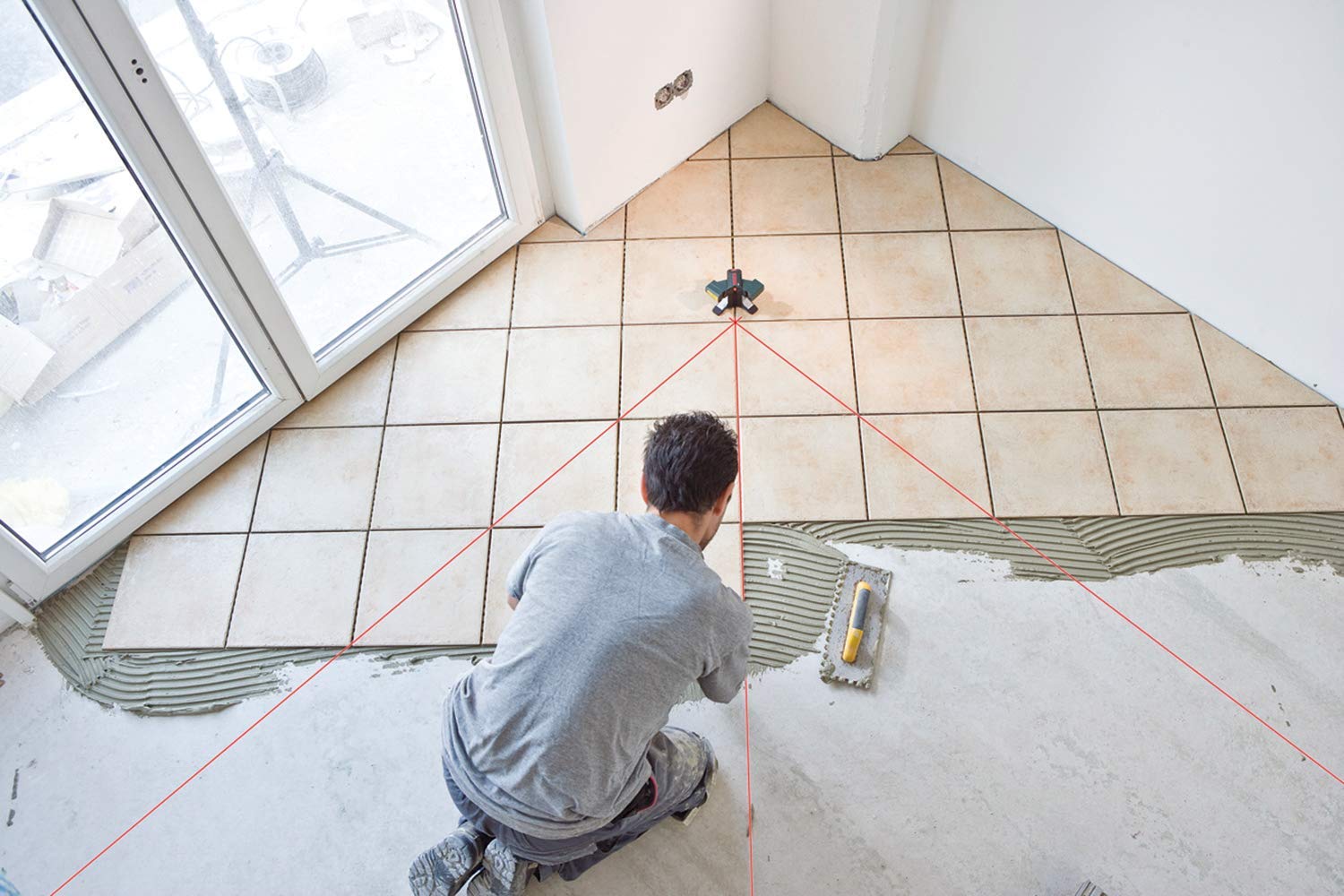
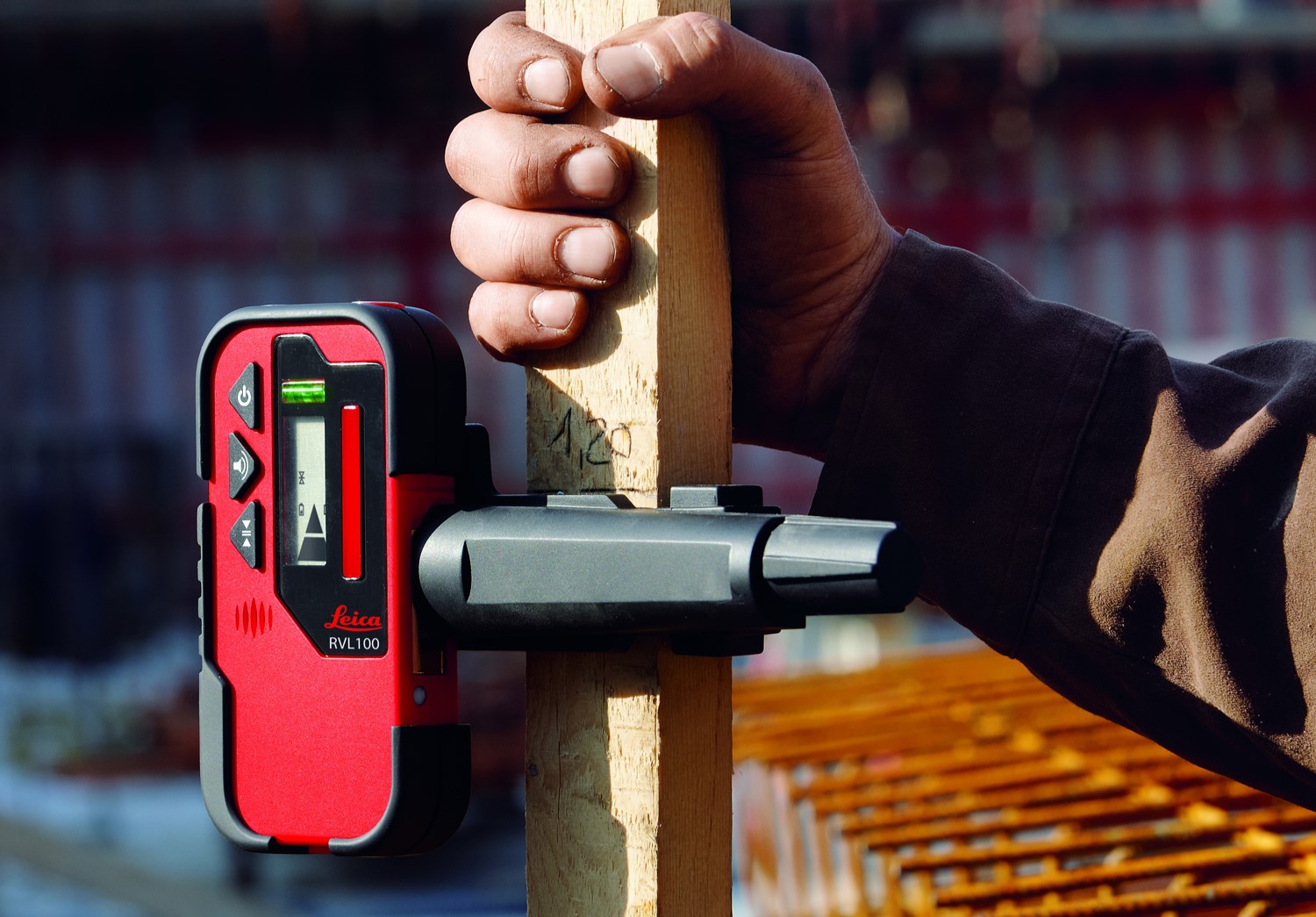
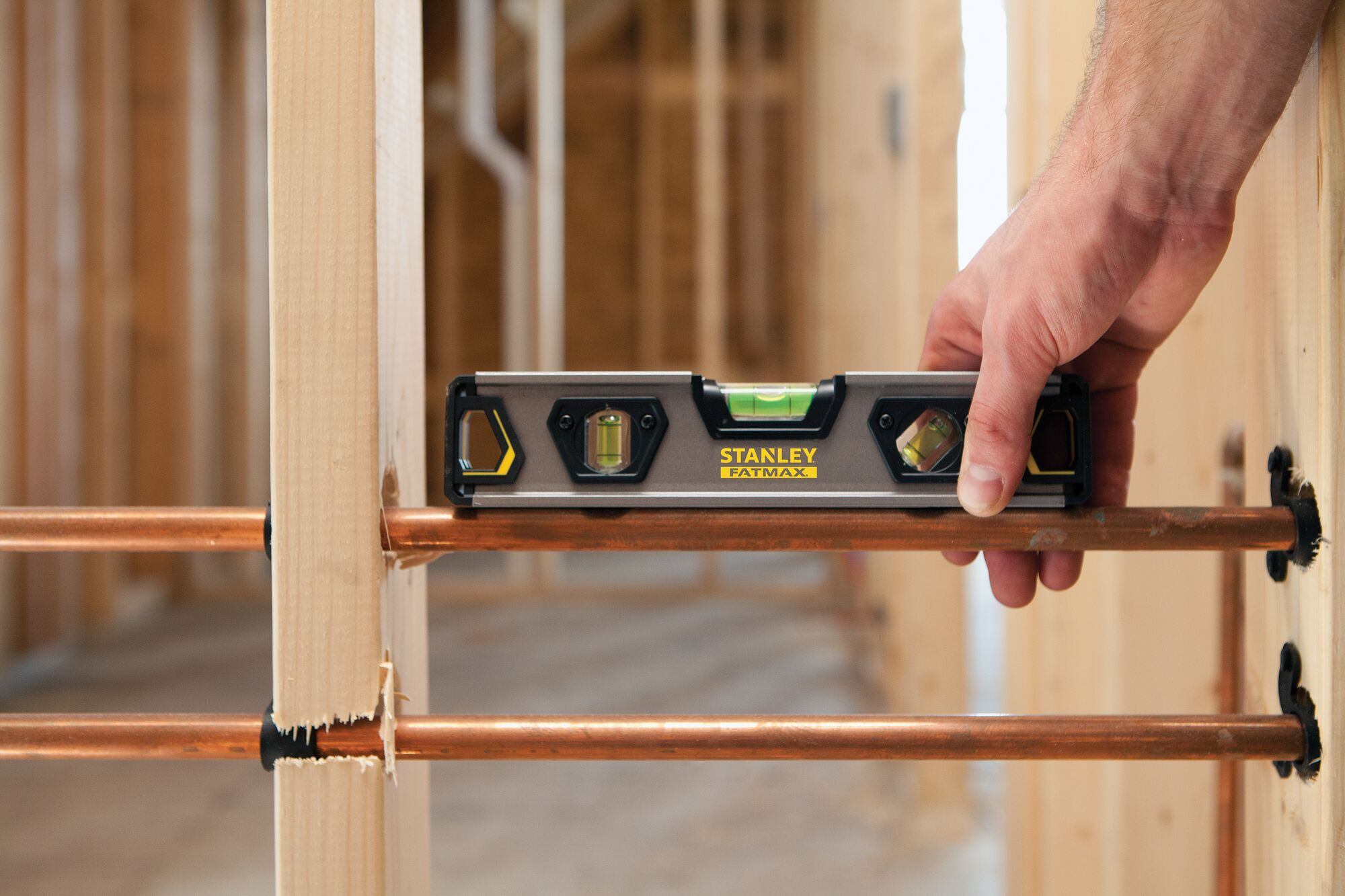
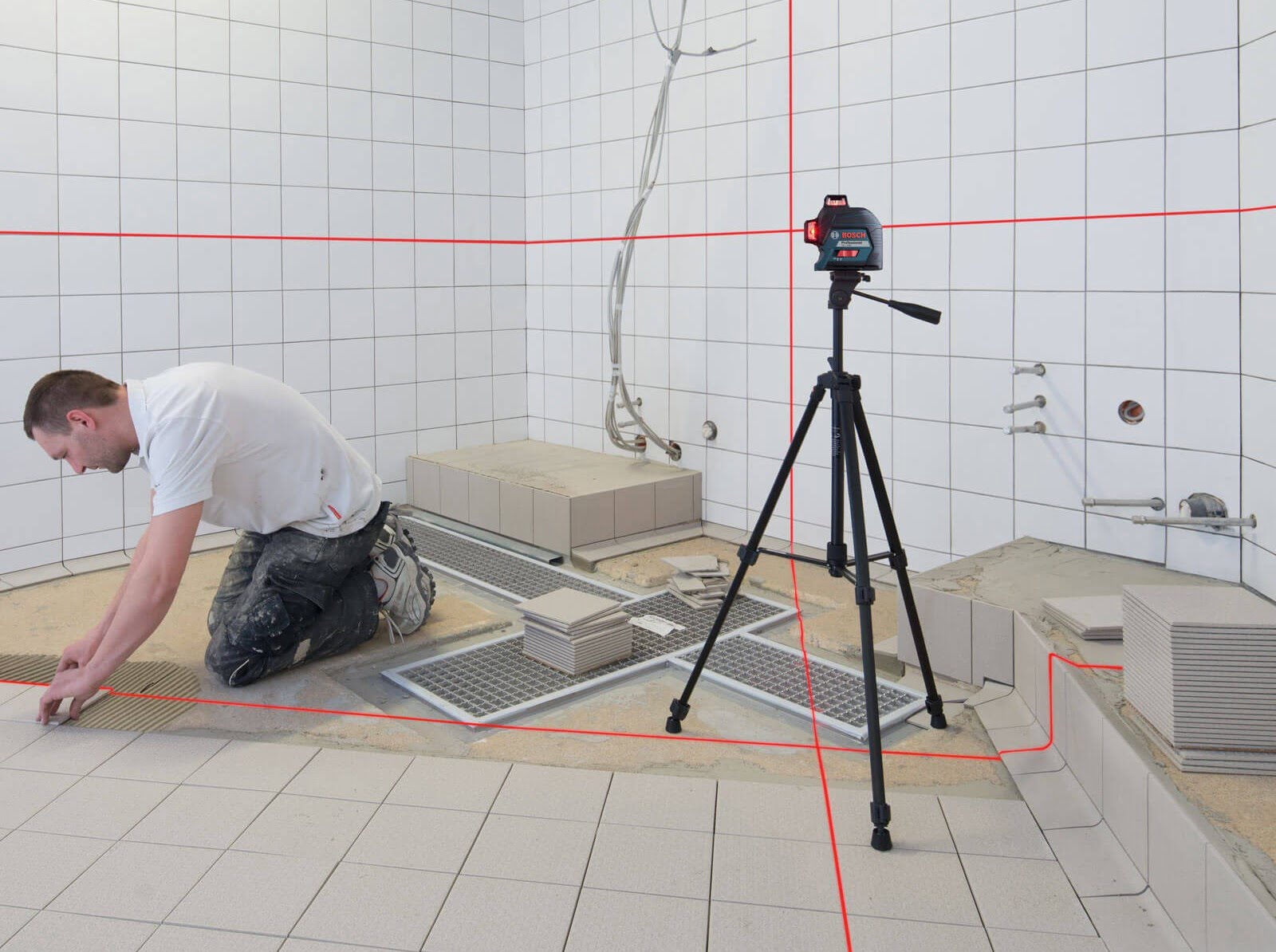
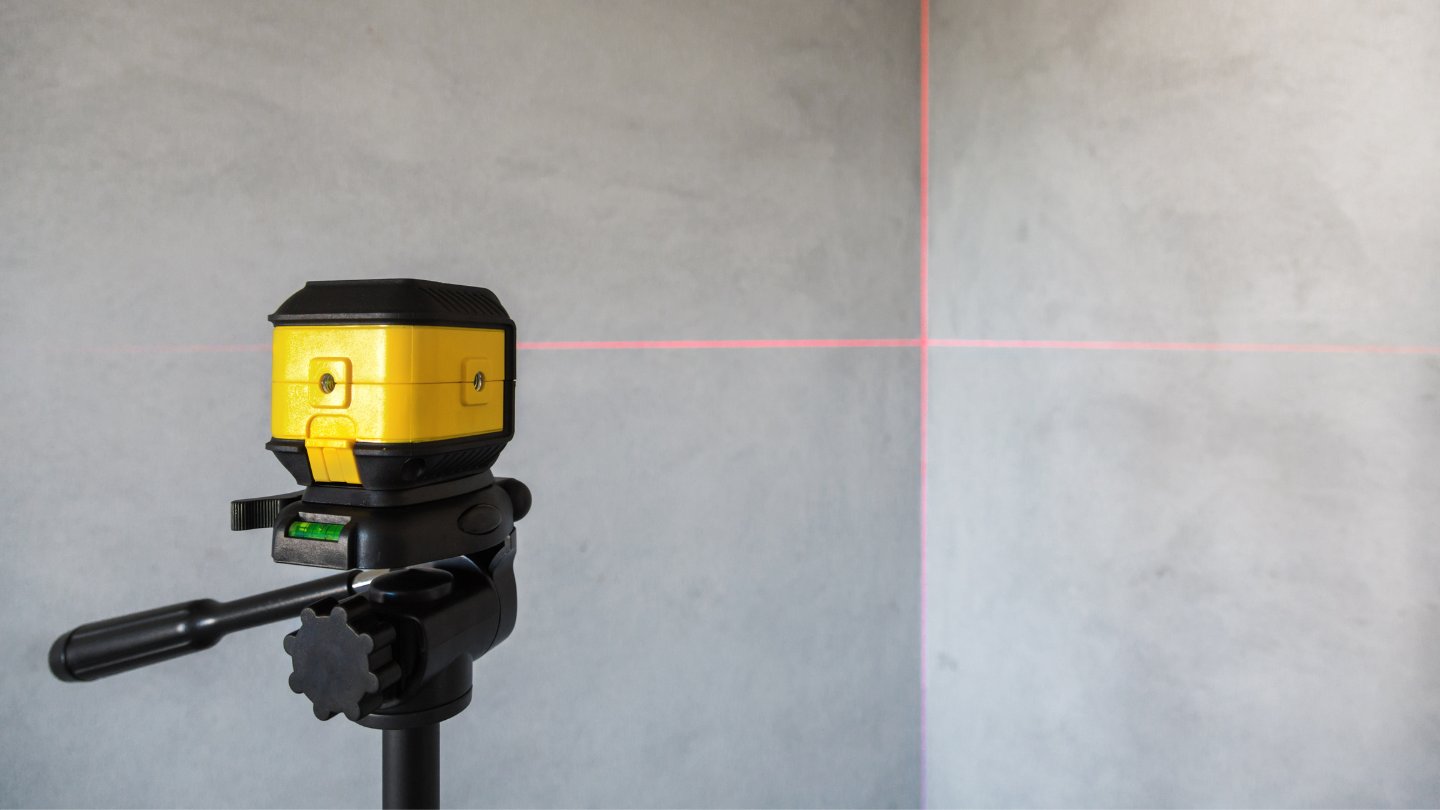
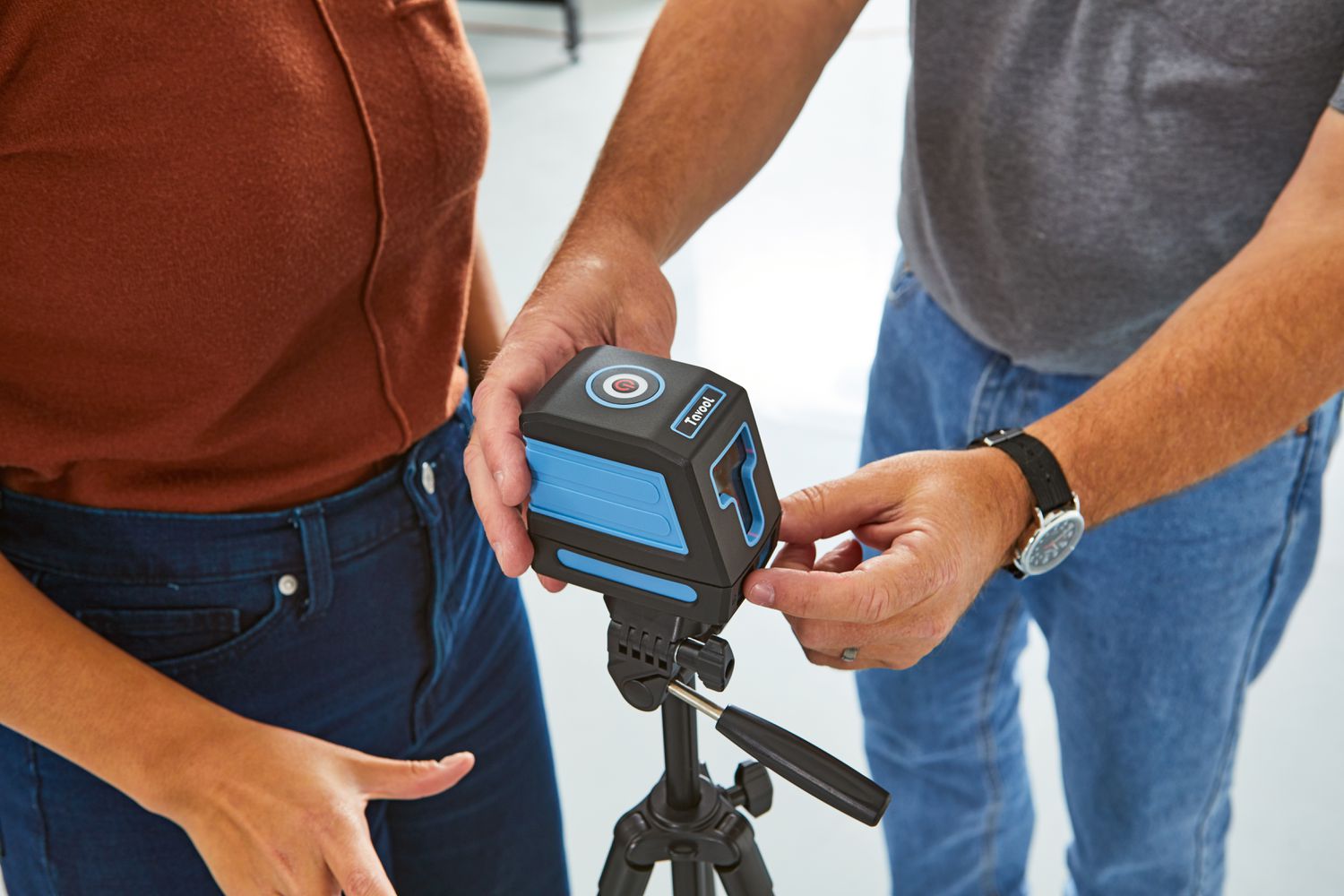
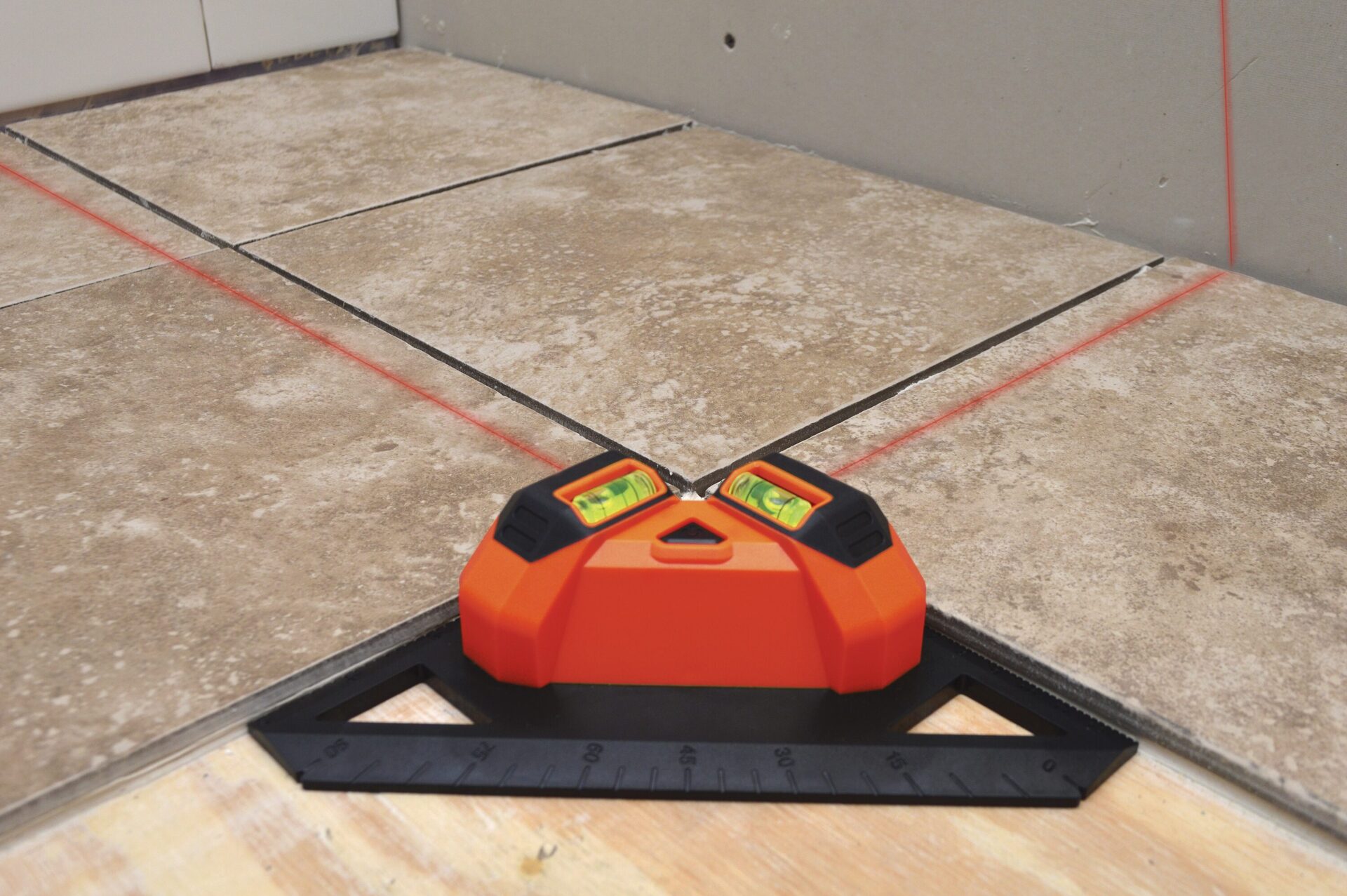
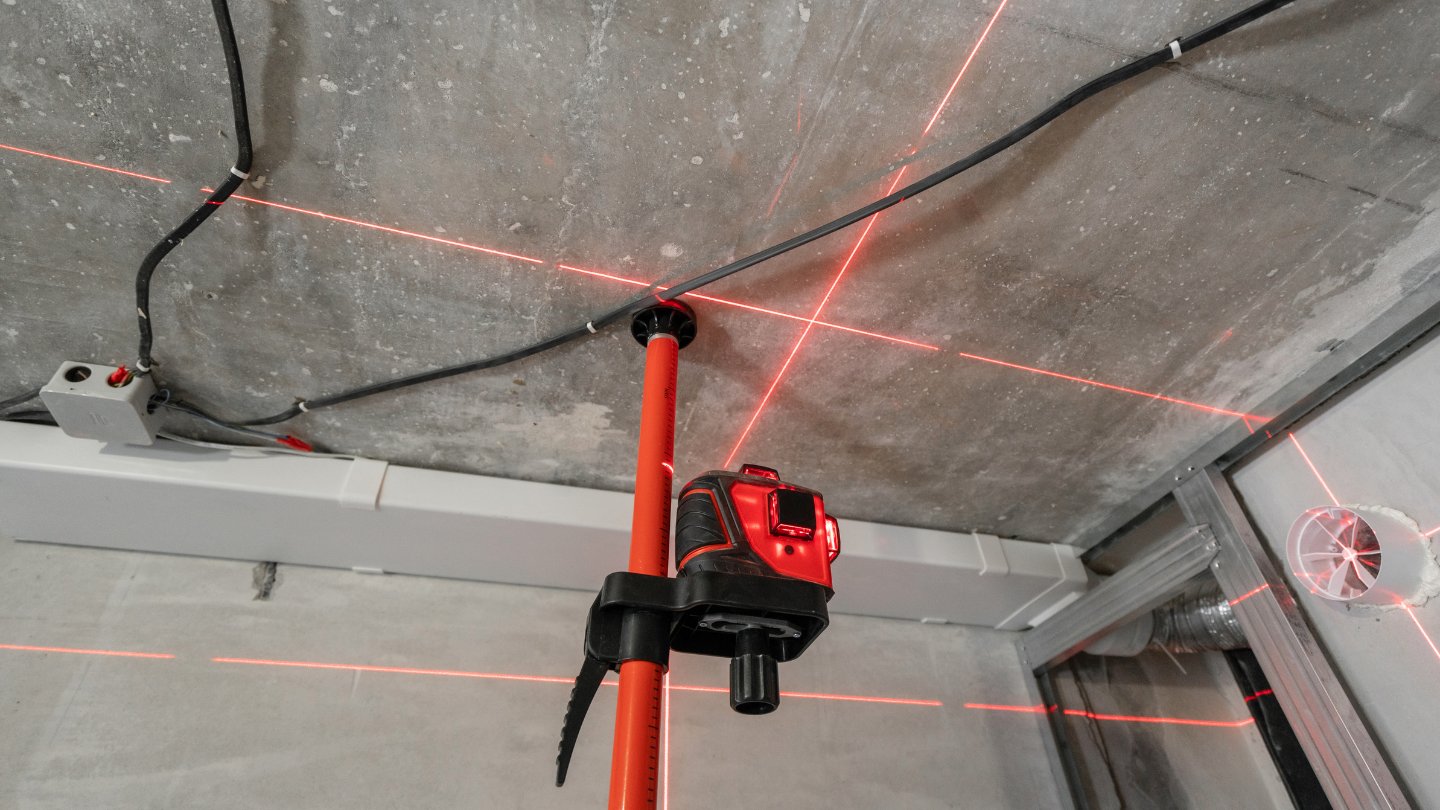
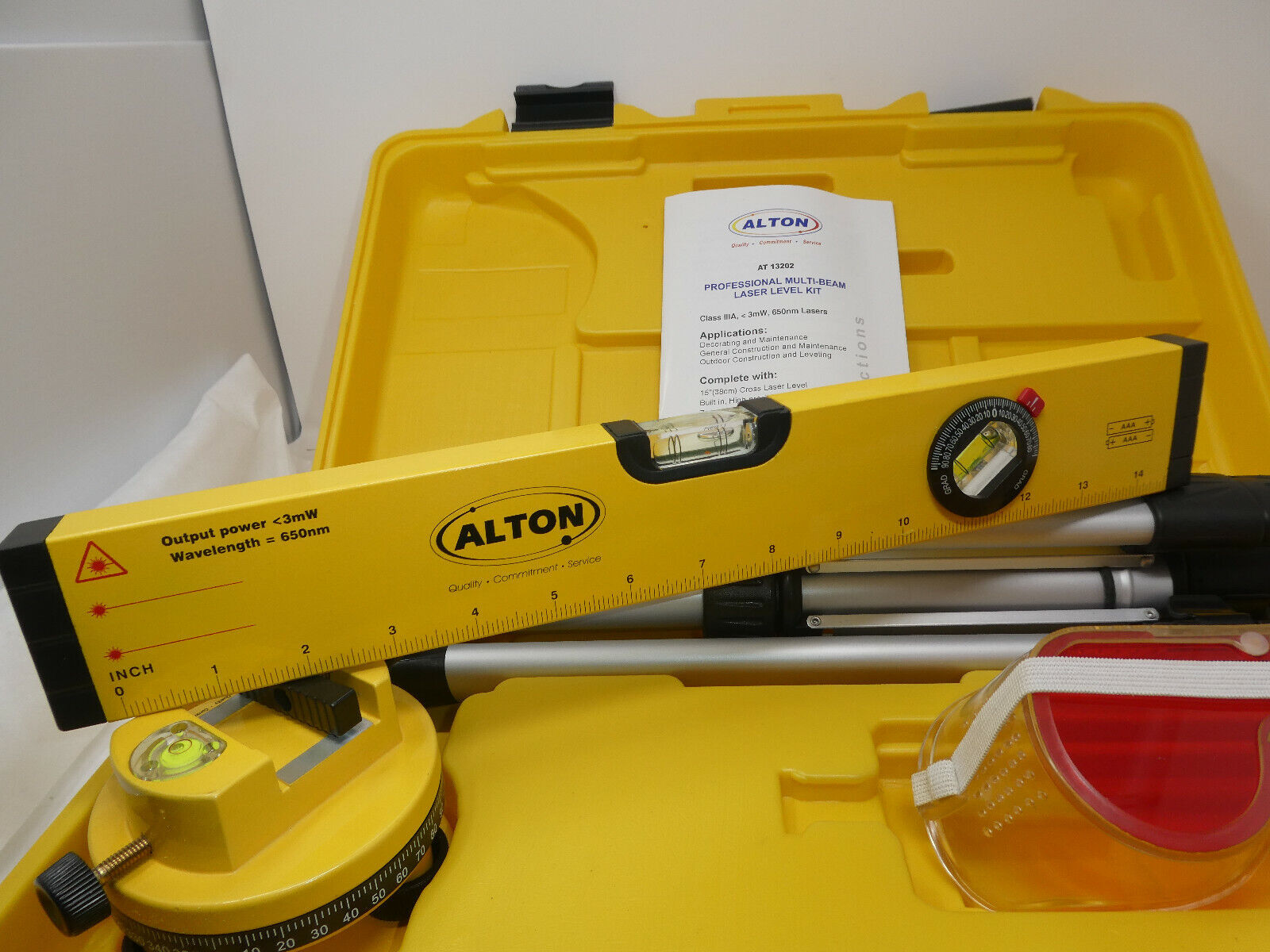

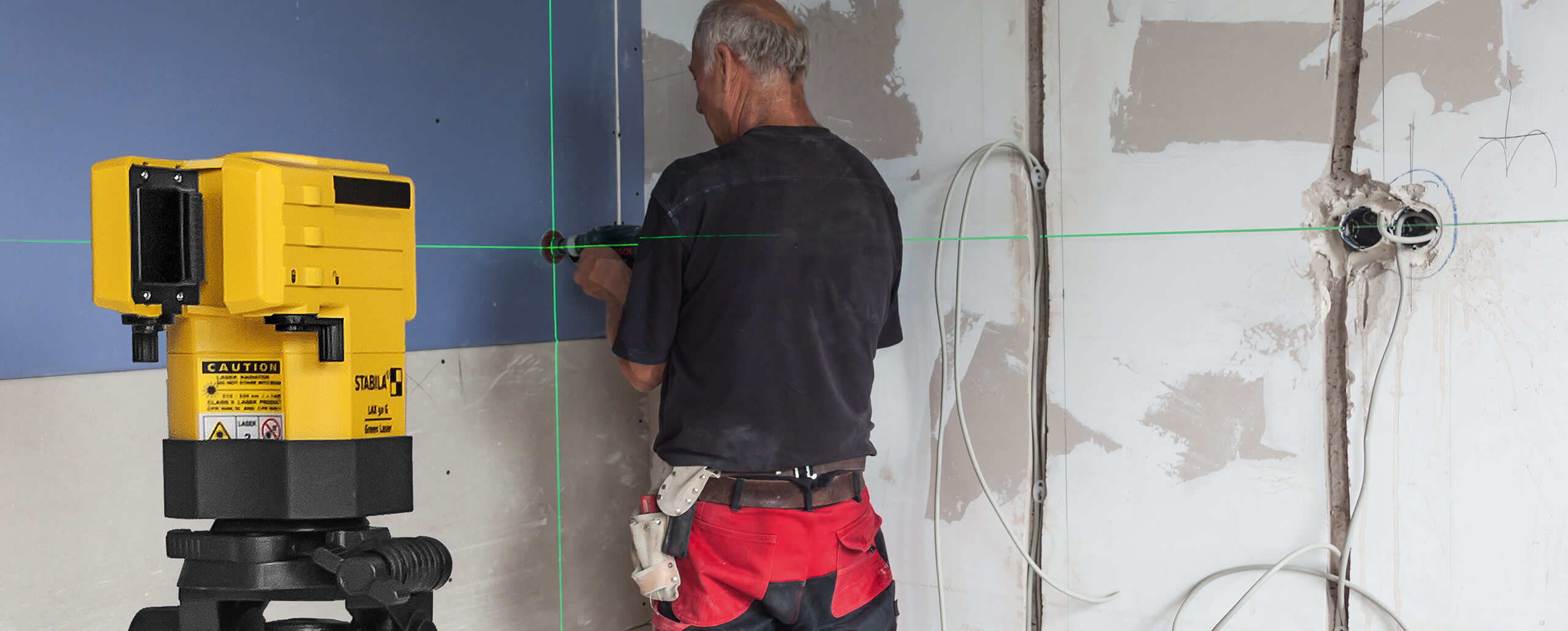
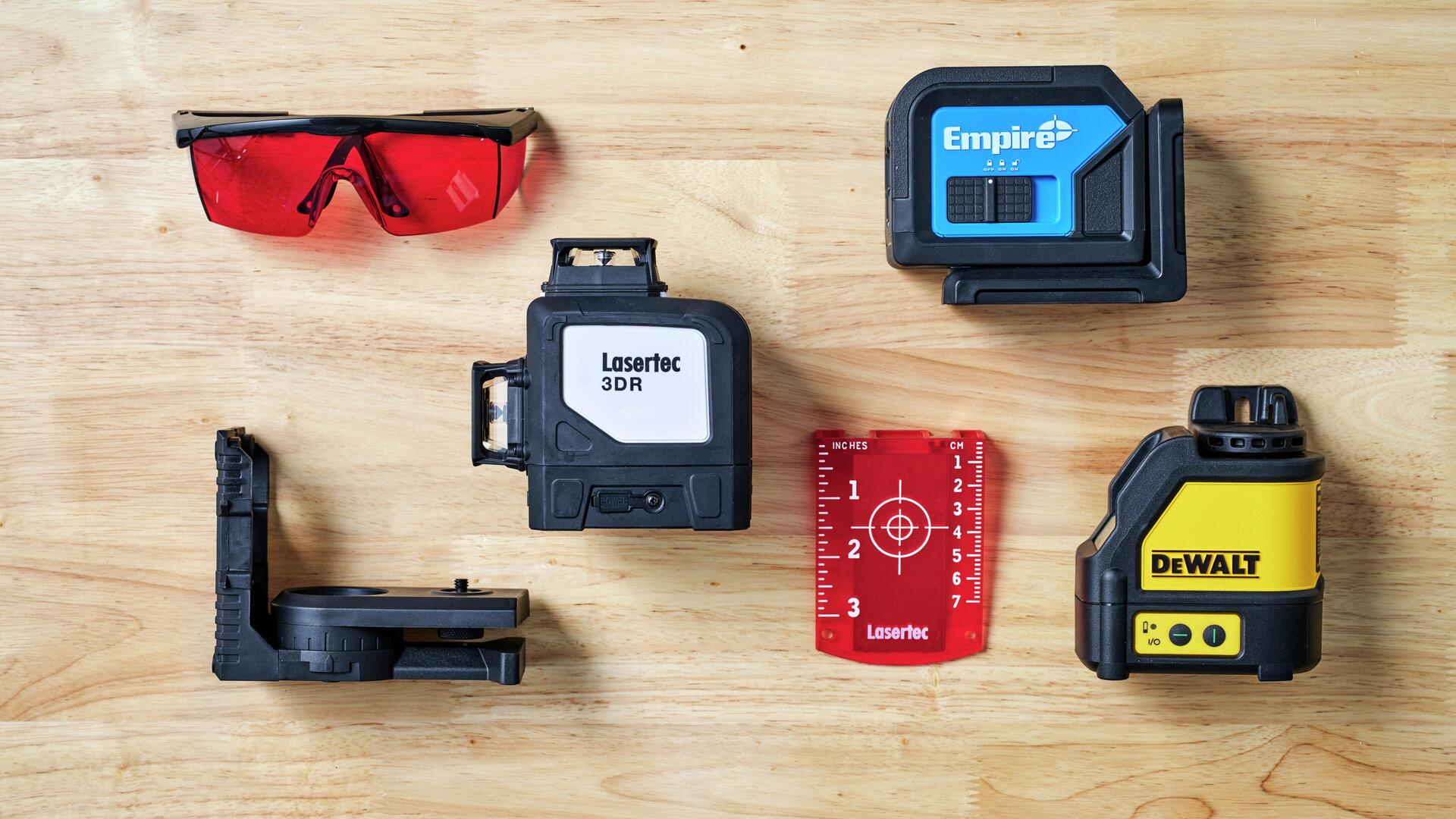
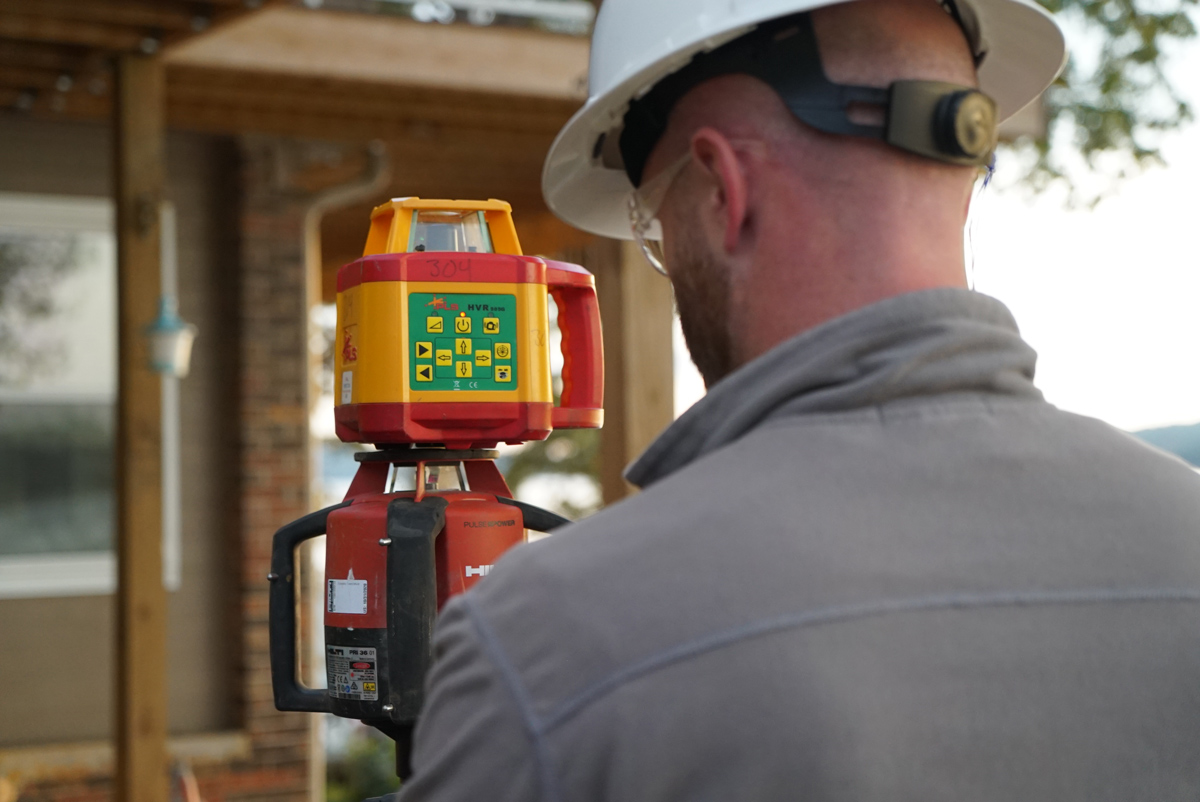

0 thoughts on “What Is Laser Level”